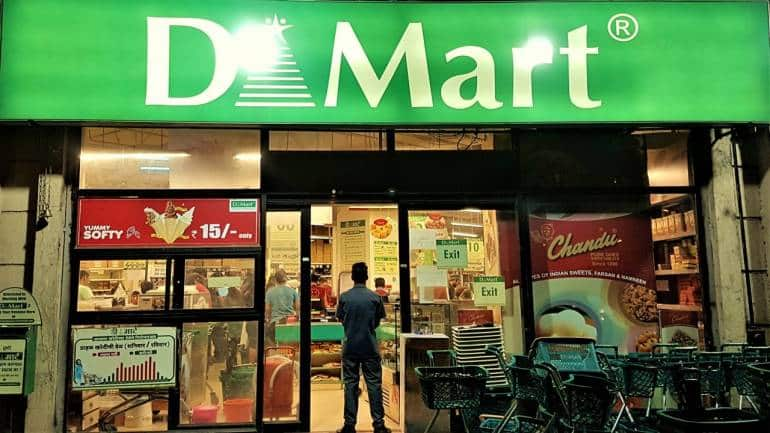According to a recent media source, hypermarket company DMart has signed a lease for a 67,404 sq ft retail property in Central Bengaluru. Why are we discussing it now? It might be a hint of a shift in approach for the retail behemoth. So, let's get started.
The Snyopsis
The Hypermarket Chain's Story DMart's goal is straightforward: offer low-cost goods and everyday products like soap to customers. Because if there's one thing that all Indians like, it's an MRP reduction! As a result, people rush to DMart to acquire their groceries. More shop traffic equals increased sales. As a result, the company's inventory is turned over more rapidly. It may then negotiate better pricing with its suppliers and pass the savings on to consumers. Its actual star is the "Everyday Low Prices" policy. Despite the fact that DMart offers other high-value items like as home appliances, tableware, and apparel, the food and grocery sector has regularly provided 50% of its sales.
DMart now prefers its almost 250 shops to be between 30,000 and 40,000 square feet. Customers may choose from a wider range of items because to DMart's relatively big shop size. And, given the low pricing, folks may be enticed to buy things that aren't on their "wish list." DMart wins when they spend more. DMart, on the other hand, is increasingly purchasing larger retail outlets. For new stores, the average size is 67,000 square feet, compared to a business average of roughly 34,000 square feet. It even purchased a 94,000-square-foot facility in Faridabad in September. DMart believes that larger is better.
But why is that?
We all know how bad the real estate market is. So, is it possible that DMart is taking advantage of the situation to nab some fantastic offers on bigger properties? Perhaps something else is going on at the same time.
Margins, the m-word! As you can see, DMart's promise of "Everyday Low Prices" has been jeopardised. Reliance Smart and Big Bazaar, two of its rivals, have been reducing prices to reclaim market share. Things are becoming increasingly evident, according to a new analysis from Kotak Institutional Equities. DMart had the best price for 21 of the 30 goods evaluated by the brokerage in October 2020. However, just 12 goods were cheaper at DMart in March 2021 when compared to competitors.
And do you know what happens when you play this bottom-feeding game? Well, it'll cut into your profit margins.
As a result, DMart will rely heavily on its high-margin retail and clothing industry to grow. The gross margins from this market are often around 25%, while FMCG margins are typically 5% or less. You'll also need extra shop space if you want to sell more of this high-margin merchandise. As a result, it's possible that the corporation is making the switch in order to expand its clothes and retail business.
Or is it possible that this has anything to do with e-commerce, an area where DMart has fallen behind? DMart Ready, the company's online channel, provided less than 1% of the parent company's entire income a few years ago. However, it is attempting to catch up. And DMart Ready currently accounts for around 3% of the company's revenue.
"What does e-commerce have to do with bigger stores?" you may be wondering. Isn't it all about logistics and technology?" Yes, it is correct. However, consider leveraging these massive shops to serve a dual purpose: stock all the things you desire while also serving as a fulfilment centre for your online business. After all, the goods must move someplace, and a massive shop might serve as the ideal "storage" while the firm develops its e-commerce strategy. In reality, DMart's approach may be modelled after that of Ikea, a firm that DMart's CEO seems to like. To satisfy its newfound passion for e-commerce, the furniture behemoth has transformed some of its supersized shops into fulfilment centres, and DMart might follow suit.
And there you have it: higher-margin items combined with an emphasis on e-commerce may be the reason DMart is considering expanding its footprint. Will this, however, help the company's stock reach new heights? We'll have to wait and see on that one.



Comments
Post a Comment